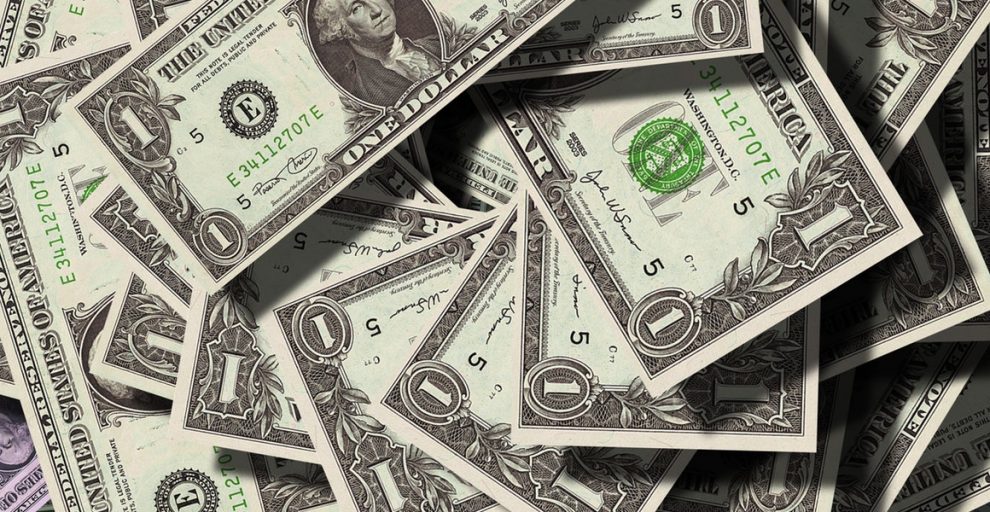Exchange daily course between USA Dollars (USD) and Hungarian Forint (HUF) is given on this page.
In first drop down menu choose Hungarian Forint (HUF). In second choose USA Dollars (USD). If you enter 1 Hungarian Forint (HUF) for example, you will receive its equivalent in Dollars, Euros, Dinars, Japanese Jean, Rubles etc.
You can enter any arbitrary amount of currencies below. Rates are updated daily by Swiss National Bank.
Date: Monday 30th of June 2025 11:05:16 PM
Currency converter calculators for USA Dollars (USD) to Hungarian Forints (HUF) today currency exchange ratio:
Hungarian Forint
The forint (sign: Ft; code: HUF) is the currency of Hungary. It is divided into 100 fillér, although fillér coins are no longer in circulation. The introduction of the forint in 1 August 1946 was a crucial step of the post-WWII stabilization of the Hungarian economy, and the currency remained relatively stable until the 1980s.
Transition to market economy in the early 1990s deteriorated the value of the forint, inflation peaked at 35% in 1991. Since 2001, inflation is single digit and the forint was declared fully convertible. As a member of the European Union, the long term aim of the Hungarian government is to replace the forint with the euro. To compare the price of Hungarian Forint (HUF) to other currencies you can use the following currency converter.
Banknotes of Hungarian Forint (HUF)
In 1946, 10 and 100 forint notes were introduced by the Magyar Nemzeti Bank (Hungarian National Bank). A new series of higher quality banknotes of Hungarian Forint (HUF) (10, 20 and 100 forint) were introduced in 1947-48. 50 forint notes were added in 1953, 500 Forint notes were introduced in 1970, followed by 1000 forint in 1983, 5000 forint in 1991.
A completely redesign new series of of Hungarian Forint (HUF): 200, 500, 1000, 2000, 5000, 10 000 and 20 000 Forint was introduced gradually between 1997 and 2001. Each banknote depicts a famous Hungarian leader or politician on the obverse and a place or event related to him on the reverse. All of the banknotes are watermarked, contain an embedded vertical security strip and suitable for the visually impaired people. The 1000 forint and higher denominations are protected by an interwoven holographic security strip.
The notes share the common size of 154 × 70 mm. The banknotes are printed by the Hungarian Banknote Printing Corp. in Budapest on the paper manufactured by the Diósgyőr Papermill in Miskolc. Commemorative banknotes were also issued recently: 1000 and 2000 forint notes to commemorate the millennium (in 2000) and 500 forint note to commemorate the 50th anniversary of the 1956 revolution (in 2006).
Forgery of forint banknotes is not significant. However, forged 20 000 forint notes printed on the paper of 2000 forint notes after dissolving the original ink might come up and are not easy to recognize. Another denomination preferred by counterfeiters was the 1000 forints note until improved security features were added in 2006.
For foreign visitors to Hungary, the main danger lies in exchanging their forint to international currencies. Fake dollars and euro banknotes are commonly disseminated by illegal street money exchange’s. For their safety, tourists are advised not to attempt to exchange currency with touts. Legal currency exchange is only available in licensed booths (which are abundant), which always operate under the consortium of some commercial bank and always provide a receipt of the transaction. Clients may be requested to produce a valid photographic ID when exchanging currency. Foreign coins are seldom exchanged, and exchange is normally done at a rate lower than the spot rate. An alternative to currency exchange is to use internationally known and accepted credit cards for payments in Hungary.
Economy of Hungary
The economy of Hungary is a medium-sized, structurally, politically and institutionally open economy in Central Europe and is part of the European Union’s (EU) single market.
Like most Eastern European economies, the economy of Hungary experienced market liberalisation in the early 1990s as part of the transition from socialist economy to market economy. Hungary is a member of the Organisation for Economic Co-operation and Development (OECD) since 1995, a member of the World Trade Organization (WTO) since 1996, and a member of the European Union since 2004.
Review
-
Our recommendation
















Add Comment